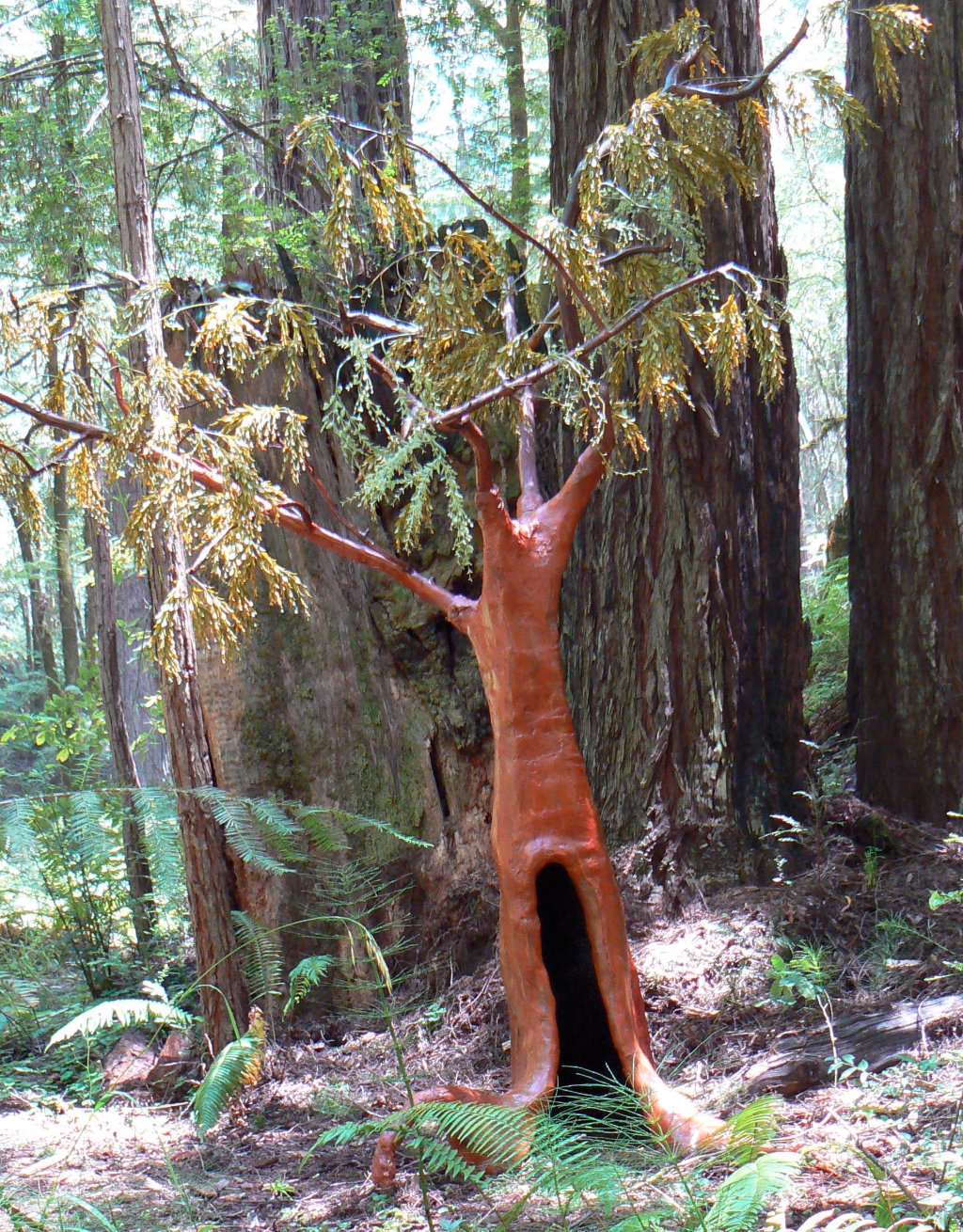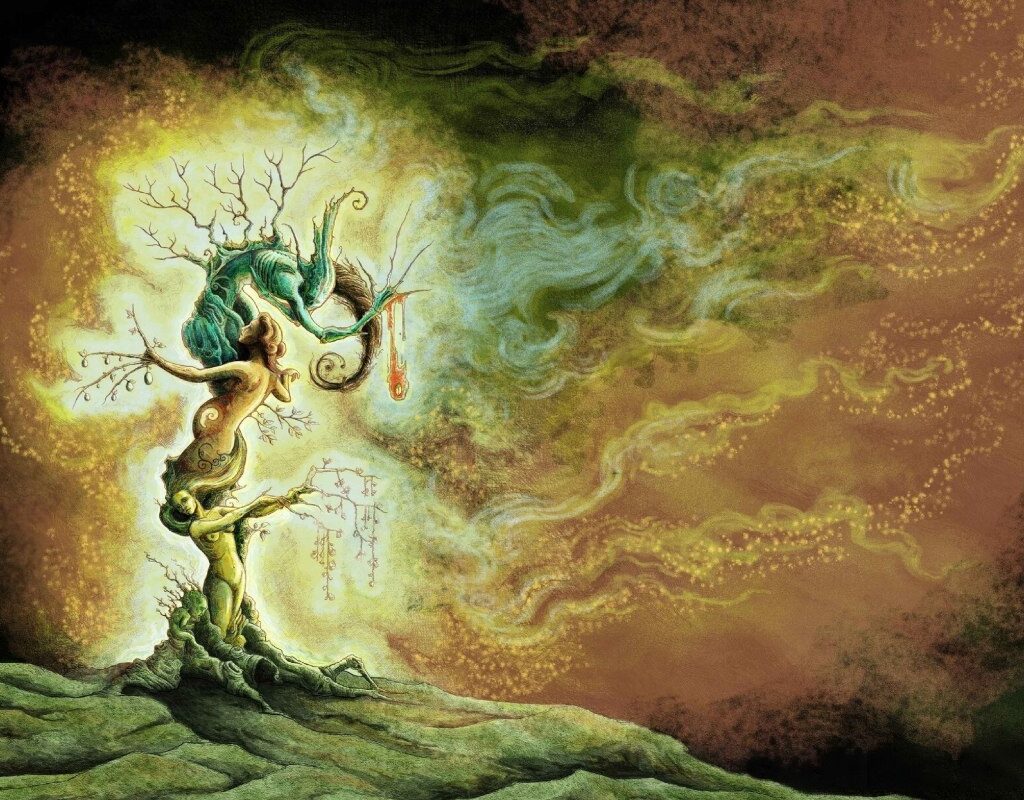From the earliest chapters of human civilization to our contemporary era, the veneration of trees has remained a profound constant. Among the multitude of narratives surrounding this ancient tradition, our focus turns to the Sumerian civilization and its intriguing tale of the Huluppu tree, a potent symbol of power and femininity, providing us a window into the beliefs and rituals of a time long past.
The Huluppu Tree: Ancestral Cults and Historic Roots within Civilization’s Cradle
Straddling the epochs from the shores of the Euphrates to present-day lore, the sanctified narrative of the Huluppu tree weaves a tapestry of reverence, feminine empowerment and mysteries steeped in millennia.
From the advent of human culture, an inherent respect for trees has been evident, a reverence that Sir James Frazer traced back to the remotest recesses of ancient history. Despite the exact origins of this arboreal veneration being obscured by the sands of time, its core persists, revealing astonishing insights.
The captivating saga of the Huluppu tree transports us to the epicenter of the Sumerian civilization, likely among the first to bloom in our collective consciousness. Six thousand years ago, in present-day Iraq, this enigmatic society bestowed upon us the tale of this sacred tree, rooted along the banks of the Euphrates River.
Historical Roots to Ascendancy: Inanna, the Huluppu Tree and the Goddess’ Elevation
The ancient records recount that a southern wind dislodged the Huluppu, leaving it at the whim of the river’s currents. However, its fate was altered by the intervention of a devoted young woman who, with deep reverence, salvaged it from the waters and relocated it to the sacred garden of the temple of Inanna, Uruk’s protective goddess.
This act, beyond illustrating the interplay between the human and divine, carries profound significance for deciphering the female role in ancient societies.
While ancient Sumer might not be a regular point of discussion for many, its pivotal role in global history is undeniable. Among the remnants of Eridu and Uruk, archaeologists have unearthed the remains of the earliest known temples, a testament to their long-lost grandeur.
However, the Huluppu did not flourish with anticipated vigor in its new abode. Three enigmatic entities tormented the tree:
- A snake is impervious to spells.
- The Anzu bird, is infamous for stealing the tablets of destiny from the god of wisdom in other myths and
- Affixed to the trunk, the figure of Lilith, a terrifying, nocturnal spirit bearing female resemblance with owl-like claws and wings.”
Power’s Origins: The Intricacies of Inanna, the Huluppu Tree and the Arboreal Legacy of Sumeria
To liberate the Huluppu tree from its unwelcome inhabitants, Inanna enlisted the help of Gilgamesh. Successfully, he eliminated the serpent, banished the Anzu bird and expelled Lilith.
In acknowledgment of his efforts, Gilgamesh felled the tree and presented it to Inanna, to construct her deeply desired throne and bed. Consequently, the Huluppu tree underwent a transformation from a symbol of anguish into a badge of authority and sensuality.
The presence of this tree within Inanna’s hallowed garden hints at the potential existence of an arboreal cult in ancient Sumer. It also draws parallels with the story of the tree in the Book of Genesis, where Eve falls prey to the serpent’s deception. However, in this Sumerian tale, the female character stands victorious and empowered by the emancipation of the Huluppu tree.
Throughout the centuries, the Huluppu tree’s branches have extended their shadows over our shared memory, serving as a reminder of nature’s potency, the reverence of trees and the significance of female influence in our early civilizations.”
The Enduring Significance of the Huluppu Tree: Historical and Present-day Implications

The deep-seated origins of the Huluppu tree and its role in Sumerian mythology are far from mere echoes of a distant past. Instead, they serve as enduring symbols that reverberate within our contemporary society.
The tale’s depiction of the bond between a woman and a tree elucidates the profound connection that has historically existed between femininity and nature, a relationship still vital in comprehending our interaction with the environment today.
In the narrative, women assume the roles of protectors and preservers, a parallel that is palpable in numerous contemporary sustainability and conservation endeavors championed by women worldwide.
The trials encountered by the Huluppu tree—infestation by harmful entities and growth difficulties—mirror the environmental issues we grapple with today. Deforestation, invasive species and climate change represent just a fraction of the modern-day analogies that can be drawn from the tale.
Moreover, the tree cult, an age-old ritual demonstrating reverence and respect for nature, challenges us to reconsider our present-day approach to environmental stewardship. Could we draw inspiration from our Sumerian forebears and rekindle our reverence for trees and nature as a whole?
In essence, the tale of the Huluppu tree bridges ancient Sumer and our current reality, offering a historical perspective to scrutinize and contemplate our relationships with nature and the female role within society and the environment.
The echo of this ancient tree persists and its message resonates more poignantly than ever amid these times of environmental and societal challenges.
→ Tu B’Shvat: A Salute to the Tree’s New Year
We might have referred to the “fruits of the trees” in the plural, hinting at a potent celestial metaphorical entity: the tree of the Sefirot of Zeir Anpin also recognized as the “Tree of Life.” As per the Zohar, every tree that graces our tangible world serves as an embodiment of this mystical spiritual tree… read more>>





